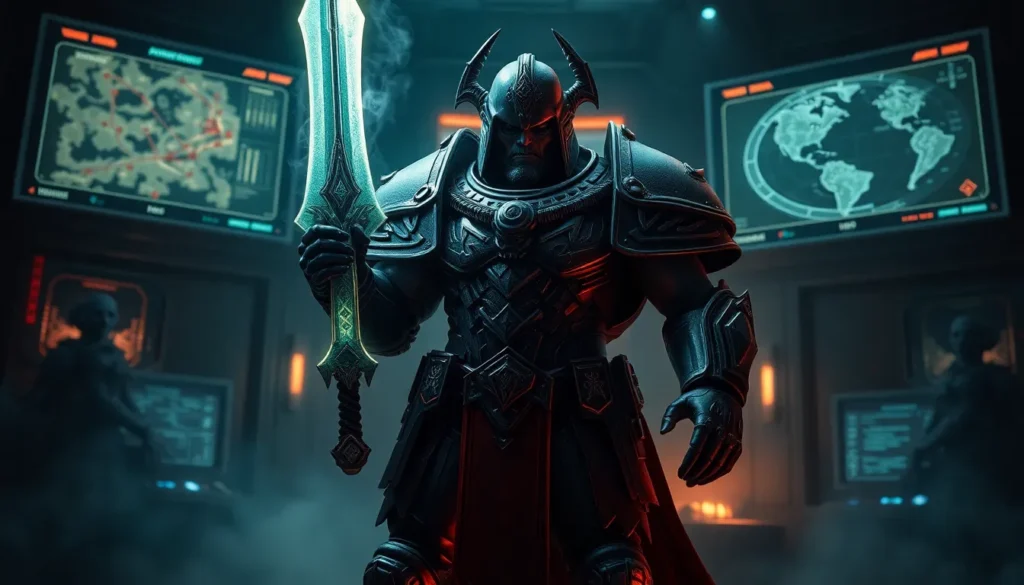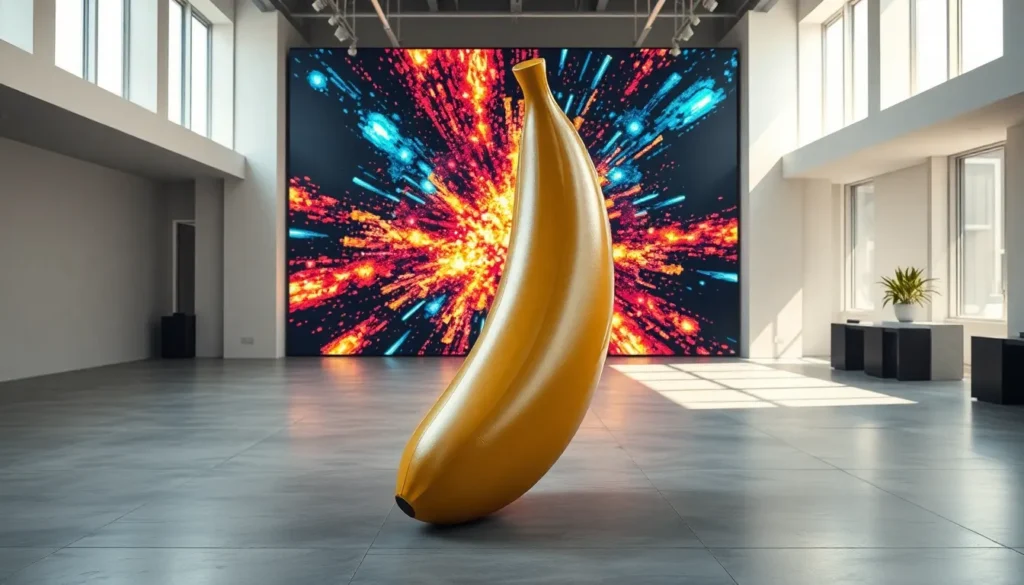Ever wondered how technology and art can tango together? Well, welcome to the captivating world of technology art. Picture this: a banana-shaped sculpture that responds to your touch or an immersive digital mural that shifts as you walk by. It’s not just a banana, my friend: it’s a gateway to a universe where innovation meets creativity, and perhaps a sprinkle of fun, too. So let’s peel back the layers of technology art and discover how it’s changing the creative landscape.
Table of Contents
ToggleThe Concept of Technology Art

Historical Perspectives on Technology in Art
From the moment humans began creating, technology has been part of artistic expression. The invention of new tools, whether it was the brush or the camera, has consistently reshaped what art can be. In the Renaissance, artists like Leonardo da Vinci utilized the latest scientific discoveries in anatomy to drive his craft forward. Jumping to the 20th century, Marcel Duchamp challenged the boundaries of traditional art with what he dubbed ‘ready-mades’, ordinary objects elevated to art.
Modern Interpretations of Artistic Technologies
Fast forward to today, and the canvas has transformed into a digital playground. Artists now embrace augmented reality, virtual reality, and interactive installations to engage audiences like never before. A simple swipe or tap can unveil entire worlds of creativity, with technologies pushing the limits of imagination. This fusion isn’t just about what artists create but how the audience experiences art itself.
As technology continues to evolve, so too does the concept of what art can be, reflecting society’s quest for innovation and meaning.
The Role of Digital Media in Art Creation
Understanding the Digital Art Landscape
Digital media has become a staple in the modern artist’s toolbox. From graphic design to 3D modeling, artists have more avenues available now than ever before. The digital art landscape is vibrant and diverse, with platforms like Behance and DeviantArt showcasing talents from around the globe. With the click of a mouse, artists can reach audiences that might have been impossible to connect with just a few decades ago.
Popular Software and Tools for Digital Art
As for tools, Adobe Creative Suite remains a favorite among professionals, while platforms like Procreate have taken the digital art world by storm on tablets. Artists are experimenting with software such as Blender for 3D creations and Canva for graphics. The accessibility of these tools helps democratize art creation. Just about anyone with a computer can jump into the world of digital art and express their creativity.
The Impact of AI on Artistic Expression
AI-Generated Art: Opportunities and Constraints
Artificial Intelligence is both a muse and a creator in the art scene. Programs capable of generating artwork based on input parameters are exhilarating, inviting artists to collaborate with machines in the creative process. Nonetheless, this rise of AI raises questions: Is the AI the artist, or is the user directing its output? The beauty of AI-generated art is not just in its complexity but in the dialogue it fosters about creativity and originality.
Ethical Considerations in AI Art
With great power comes great responsibility, particularly about authorship and copyright in AI art, which is still a gray area. Who owns the output generated by AI? This question is pivotal as the art world navigates the balance between embracing technology and respecting the traditional values of creativity.
Purchasing Technology Art: A Guide
Where to Buy Technology Art
Looking to add some exquisite technology art to your collection? Online marketplaces like Saatchi Art and Artsy are great spots for finding unique pieces. These platforms not only showcase traditional artworks but also immerse viewers in the digital realm where technology art thrives. Also, attending art fairs or exhibitions often features collections meticulously curated with cutting-edge technology art.
Key Factors to Consider Before Purchasing
Before you jump into purchasing, consider factors like the medium, artist’s intent, and how the piece resonates with you. Don’t just buy because it looks flashy: ensure the work has depth, conveying something meaningful, be it visually or conceptually.
The Future of Technology Art and Digital Commerce
Emerging Trends in Technology Art Sales
As technology art becomes increasingly popular, we can anticipate more innovative sales strategies emerging. Crypto art, or NFTs, are already blazing trails in the art market, allowing artists to sell copies of their work in ways that were unimaginable before. Blockchain technology offers a transparent ownership ledger, providing artists better control over their creations while connecting them directly to their audience.
Besides, virtual galleries are popping up, making it possible to view art from the comfort of one’s living room. This digital shift is not just about convenience: it’s reshaping how art is bought, sold, and appreciated.
The Evolving Role of eBooks in Art Education
RedWebzine: A Platform for Artistic Technology Discourse
In the realm of art education, eBooks are incredibly valuable. Enter RedWebzine, a must-visit platform for anyone eager to explore the intricate dance between technology and art. This publication offers articles, critiques, and in-depth discussions, making it an essential resource for budding artists and seasoned professionals alike. RedWebzine is not just about the art: it’s about embracing technology to foster a richer understanding of creative expression.
Showcasing Technology Art: Features of RedWebzine
What makes RedWebzine stand out? Their commitment to showcasing diverse perspectives encourages a broader conversation about technology art. Readers can benefit from tutorials, interviews with artists, and case studies that highlight innovative practices in the field. For anyone eager to stay ahead of artistic trends, this platform serves as a vibrant nerve center in the art world.


